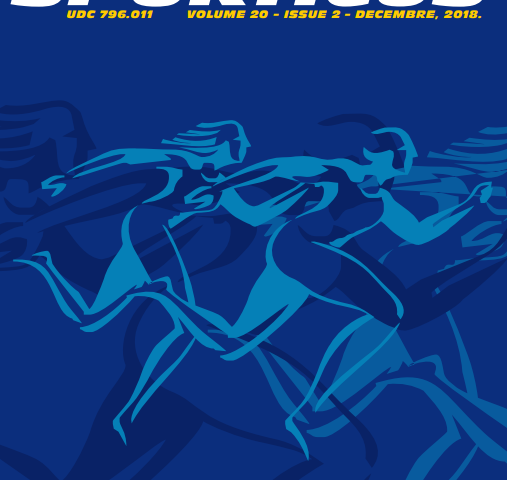Abstract
Results obtained through testing of 60 players were analyzed in order to determine the effects of programmed training on motor abilities of persons with movement impairment in a sports discipline – sitting volleyball. Programmed training was conducted through an intensive exercise of explosive strength, motion frequency, and agility for the duration of 60 days. Nine variables were applied for evaluation of motor abilities: side sliding, 20 meter sliding, throwing of a medicine ball while in lying position, hand tapping, foot tapping against wall, bend-stretch touch an “eight” with touch, sliding in a rectangle, and distance sliding. Qualitative changes were determined through application of factor analysis during and after the programmed treatment. Factor analysis confirmed that the expected changes in the tested motor abilities did take place as a result of the programmed training in such a way that 2 factors were singled out in during the initial measurement. Of those the first main component was composed of 4 variables. The greatest positive and orthogonal projections were recorded with the variables of distance sliding from still position, as well as throwing of a medicine ball while in lying position. Negative projections on this factor were recorded in variables 20 meter sliding and the “eight” with touch. The records of initial measurement showed a domination of explosive force, whereby agility of the tested individual was projected negatively. In the final measurement, upon completion of the treatment, the greatest positive projections of an isolated main component were recorded with regard to the variables: foot tapping against a wall, bend-stretch touch, and hand tapping. The greatest negative projections were recorded with regard to: the “eight” with touch, sliding in a rectangle, and side sliding. The explosive force factor was reduced in a final measurement, while motor abilities were dominant.


